Fundacion Sansó celebrated the success of its meaningful advocacy programs and growing collection through its “Magnanimous Reciprocity” exhibit and Thanksgiving Dinner.
The success and cultural impact of any museum comes from its collection of objects, whether it’s art, ancient artifacts, or memorabilia. However, for there to be any collection to begin with, a good number of people need to donate pieces to grow it. Cultural preservation and appreciation can only happen through the generosity of a particular institution’s supporters. This was the central theme of the recent exhibit of Fundacion Sansó, Magnanimous Reciprocity.
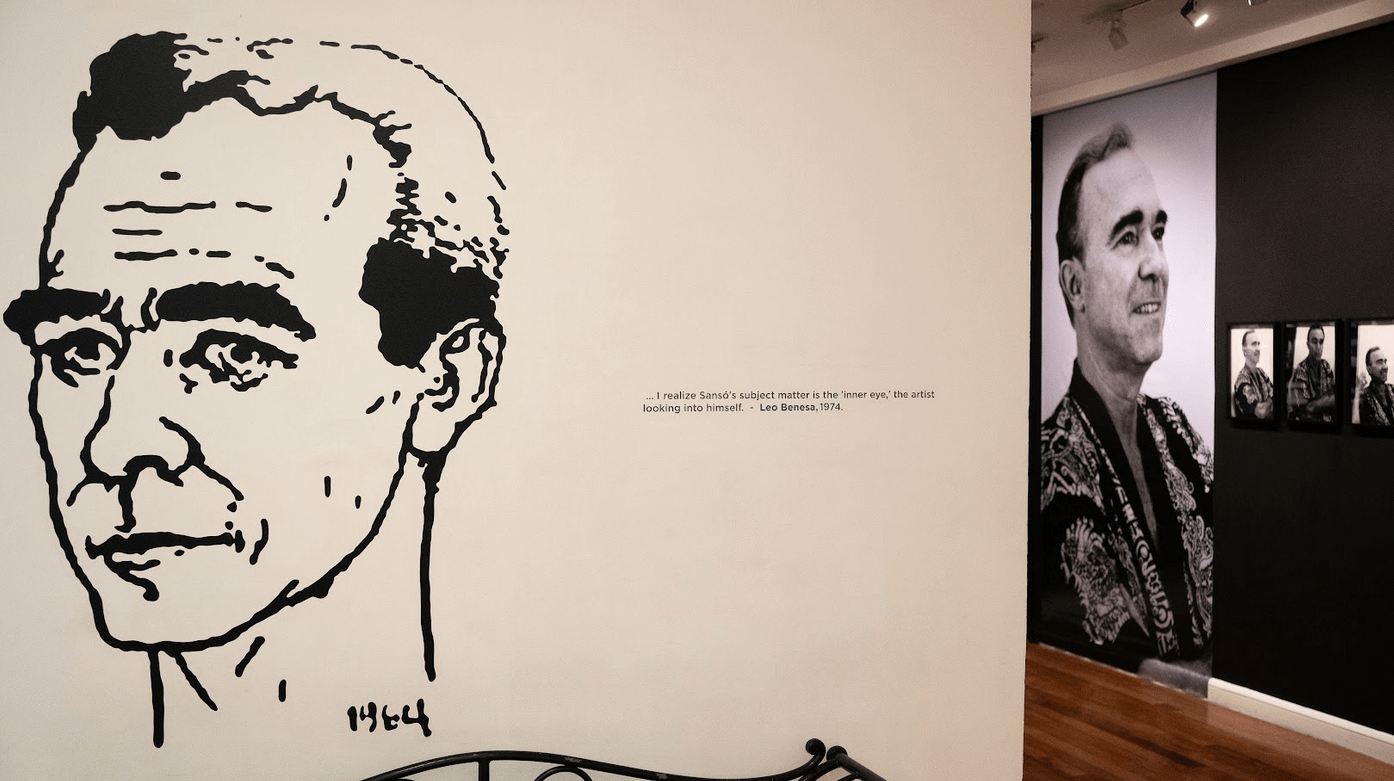
To museum director Ricky Fransisco, the exhibition exemplified the generous spirit of its artist Juvenal Sansó, who began the cycle of giving through the donation of his personal collection, which became the core of the museum. “Our latest exhibit celebrates the tenth anniversary of the founding of Fundacion Sansó,” Fransisco shared. “As we look back, we pay tribute to the magnanimities and reciprocities that made Fundacion Sansó a reality.”
READ ALSO: Celebrating The Greats: Fundacion Sansó Features A Monumental Exhibit of Master Artists
The Gift That Keeps On Giving
Magnanimous Reciprocity is Fundacion Sansó’s way of highlighting the socio-cultural significance of donations in the art world. “It is important for collectors to donate to museums, because they become active partners in putting together the legacy of artists,” Fransisco explained. “When they donate art to a museum, it becomes part of public knowledge, part of our culture. The public becomes more informed, more well-rounded in terms of the way we think, of what we know.”
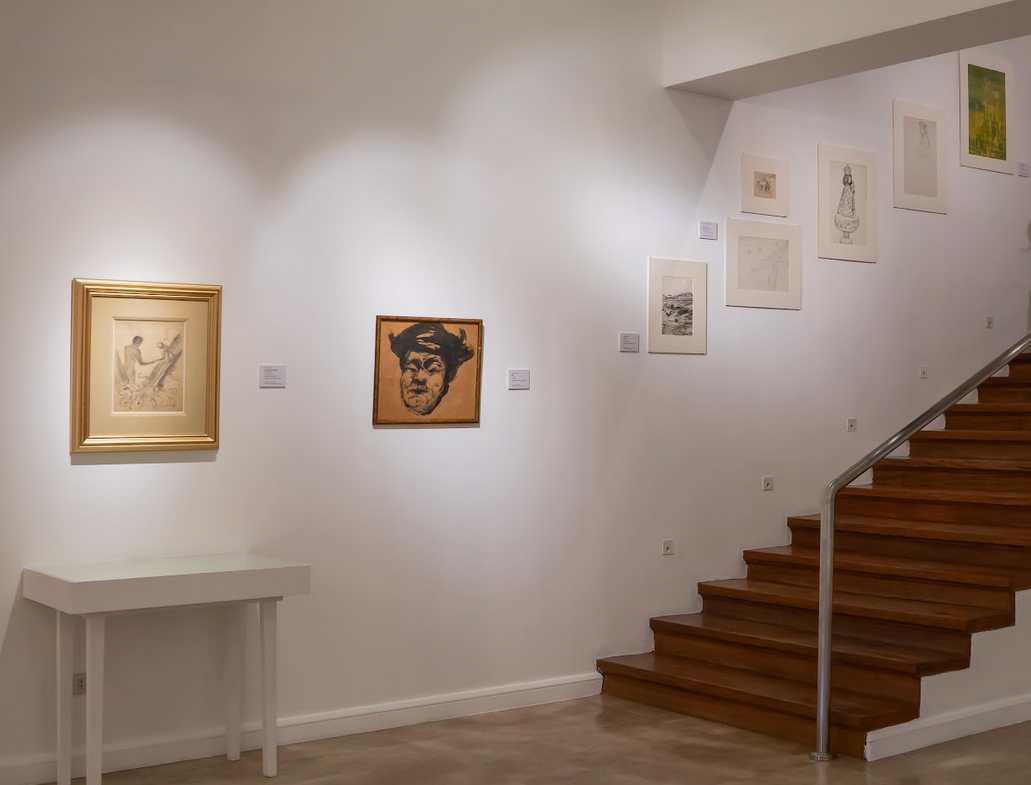
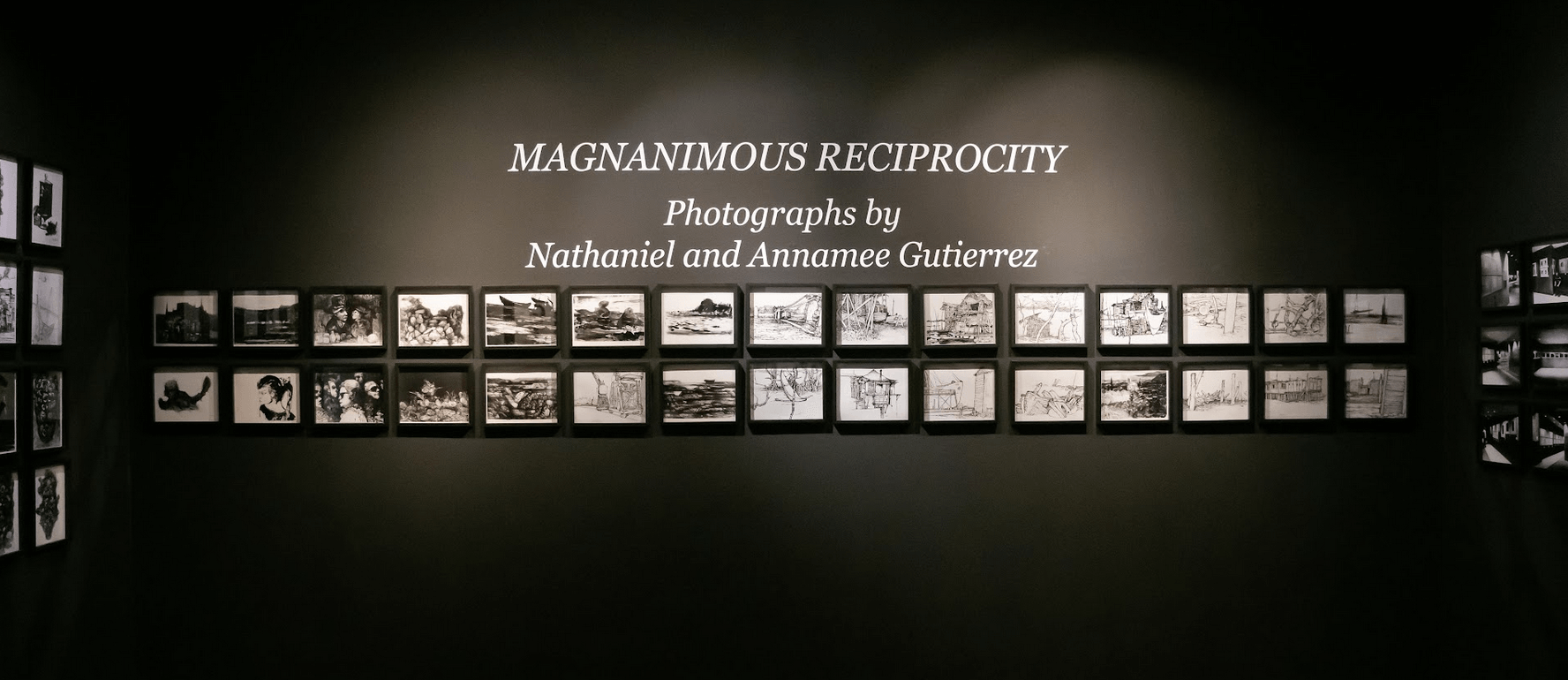
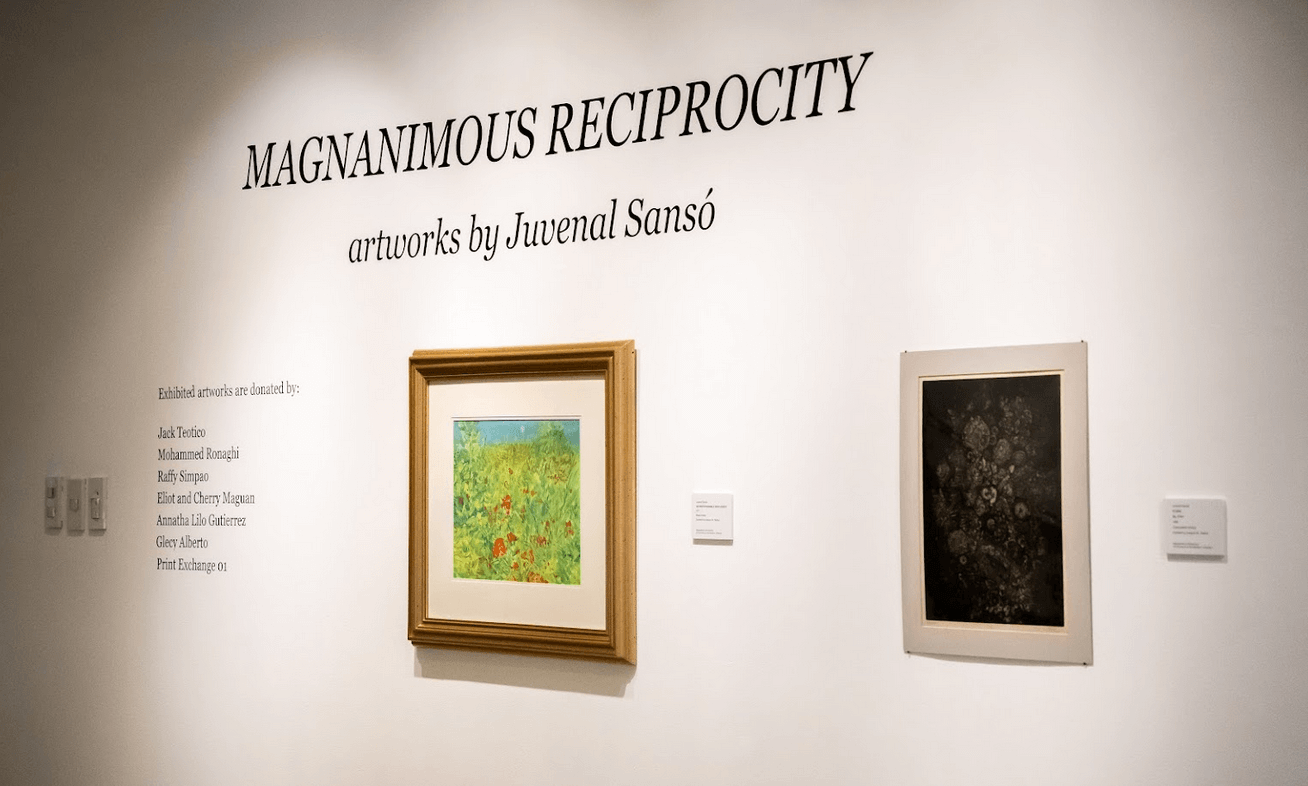
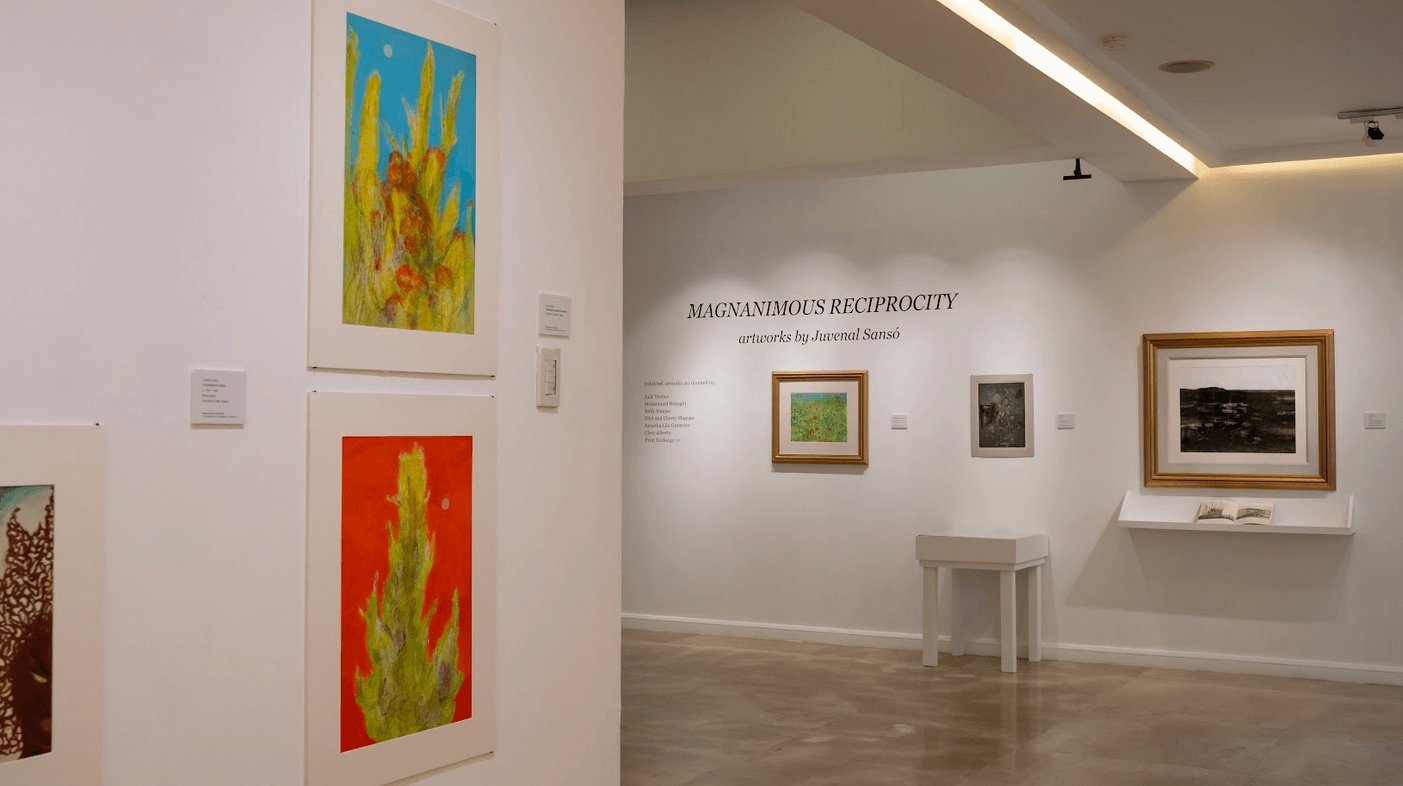
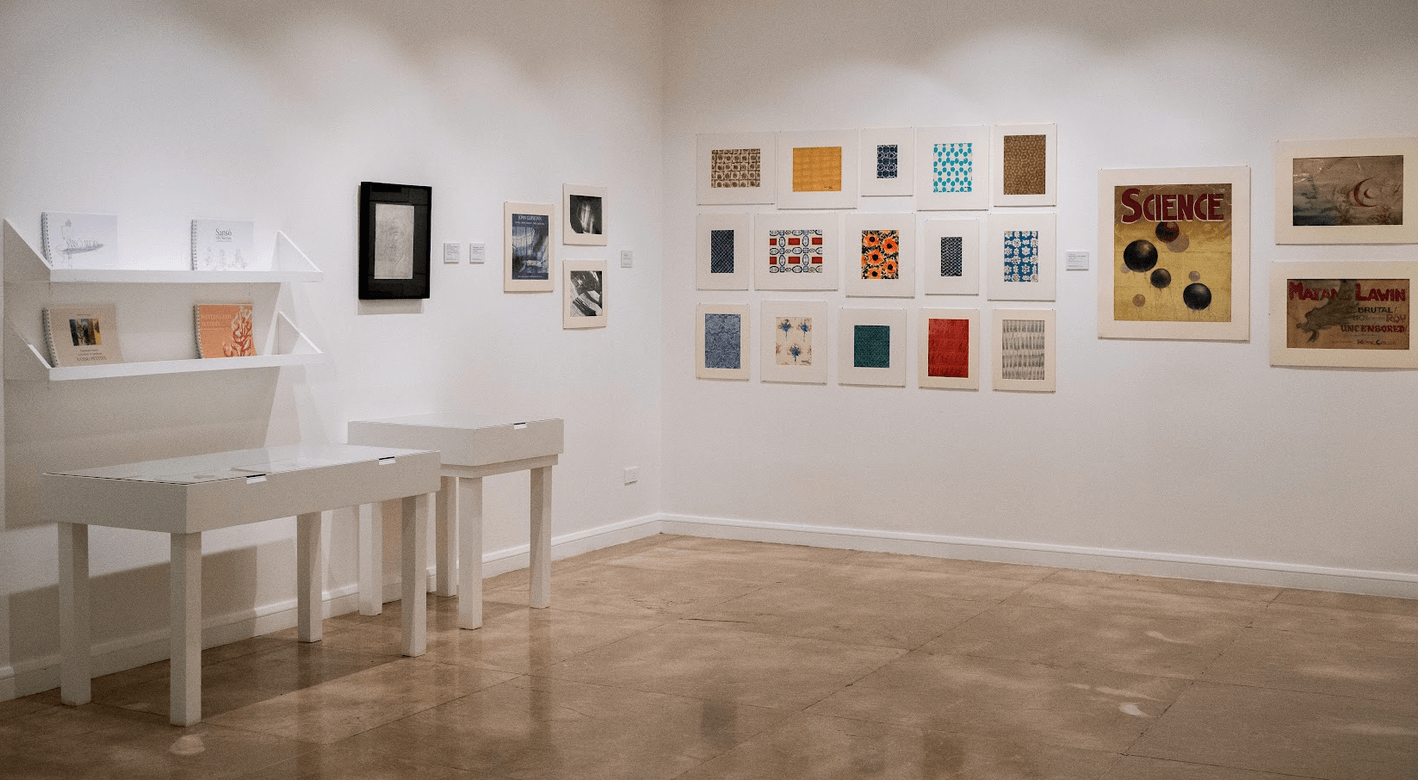
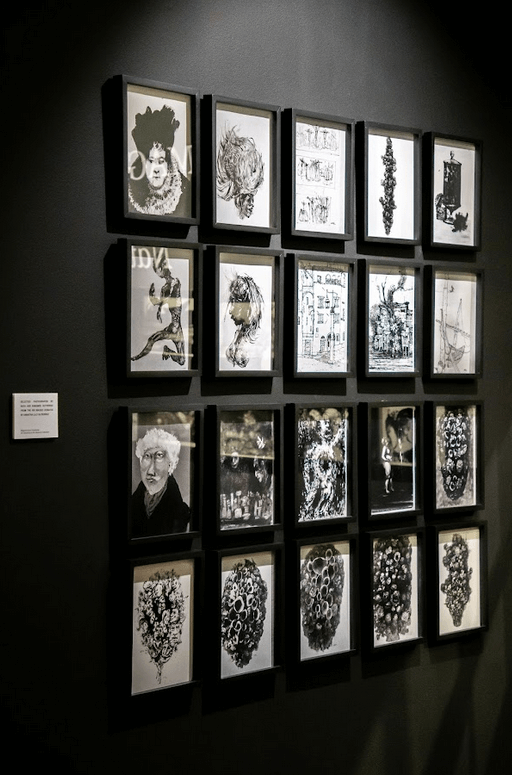
As the old adage goes, generosity is a gift that keeps on giving, rather than a one-sided act. More than being a tangible object of value, art imparts intangible experiences, emotions, and ideas that can enrich the lives of people from all walks of life.
“Aside from being active contributors, the public would appreciate the fact that these donors are giving back to Mr. Sansó in a roundabout way,” Fransisco expounded. “They have enjoyed his art, and now they are letting more people enjoy his art.”
Behind the Pieces
Magnanimous Reciprocity featured the donations of key collectors and individuals of Juvenal Sansó’s works, many of which the public have never seen. These include archival photos of Sansó’s art and shows by Nath and Annamee Gutierrez, which their daughter Annatha Lilo Gutierrez donated. Meanwhile, Raffy Simpao III donated school plates, a travel sketch, and a painted fan.
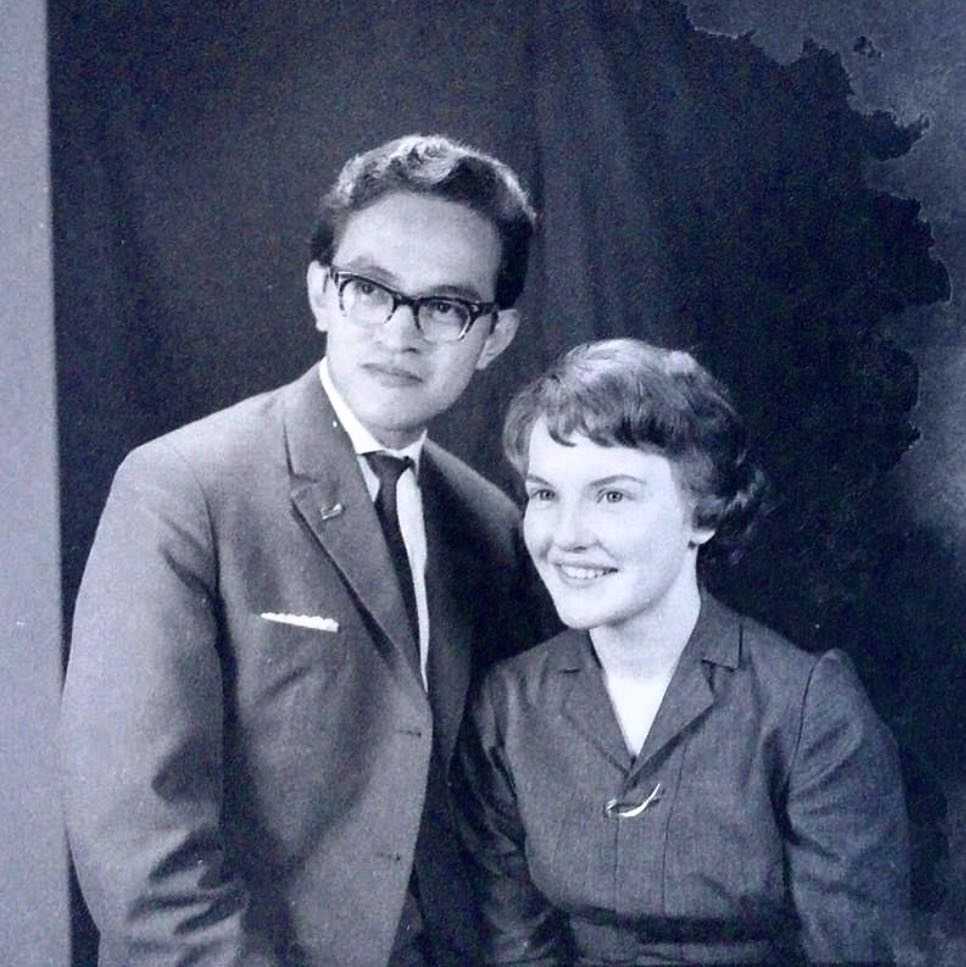
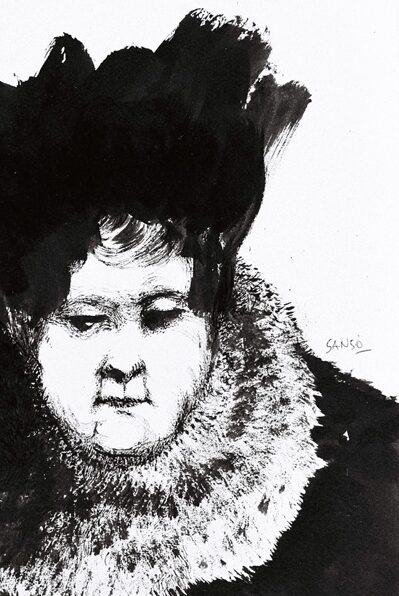
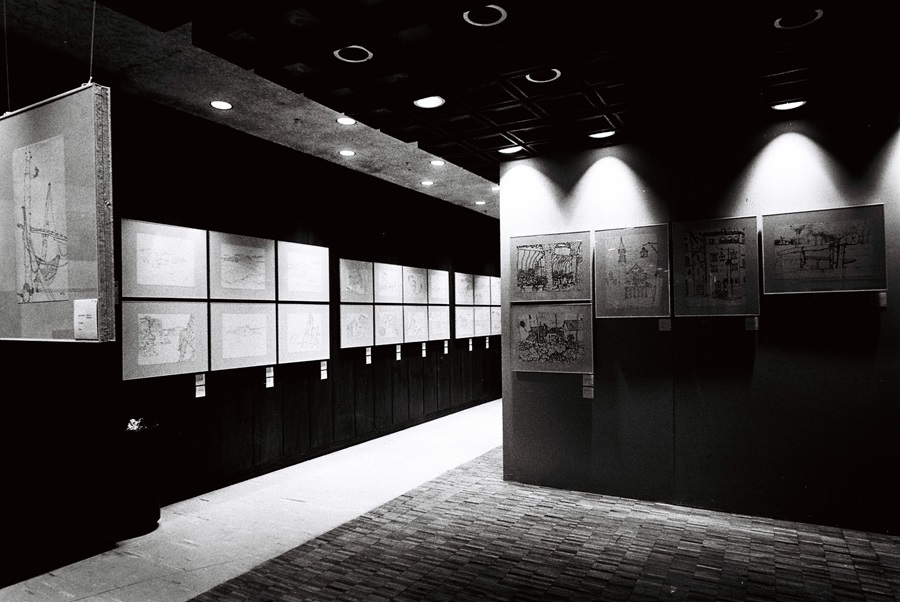
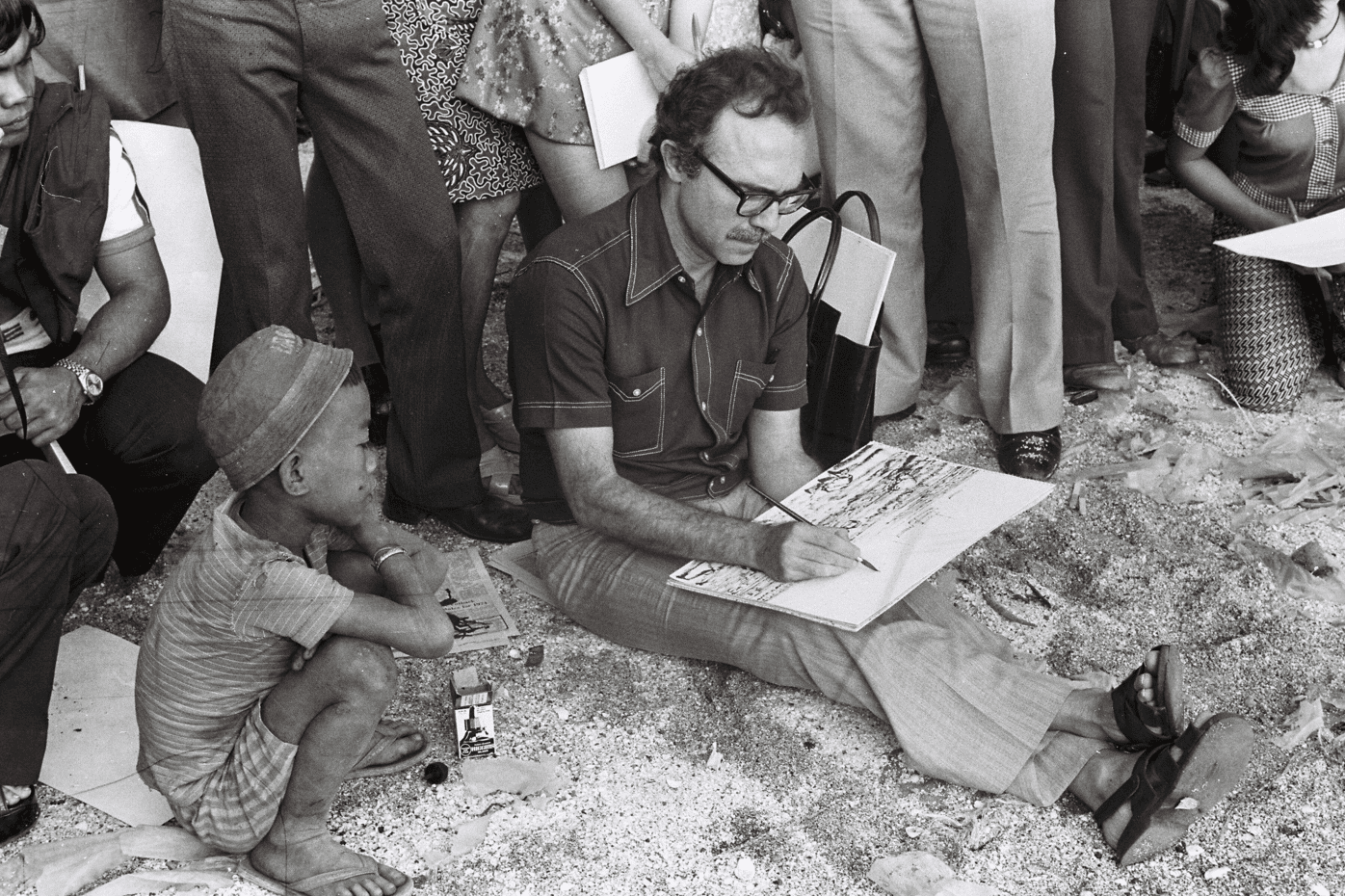
Jack Teotico also donated valuable pieces like Sansó’s textile designs from the 1960s, sketchbooks from the 1980s, and a work from the 1970s that predates the Moderno series (“An Indecipherable Gentleness”), while Mr. and Mrs. Eliot and Cherry Maguan gave one of his ink paintings. All these generous contributions point out key phases in the artist’s career and life.
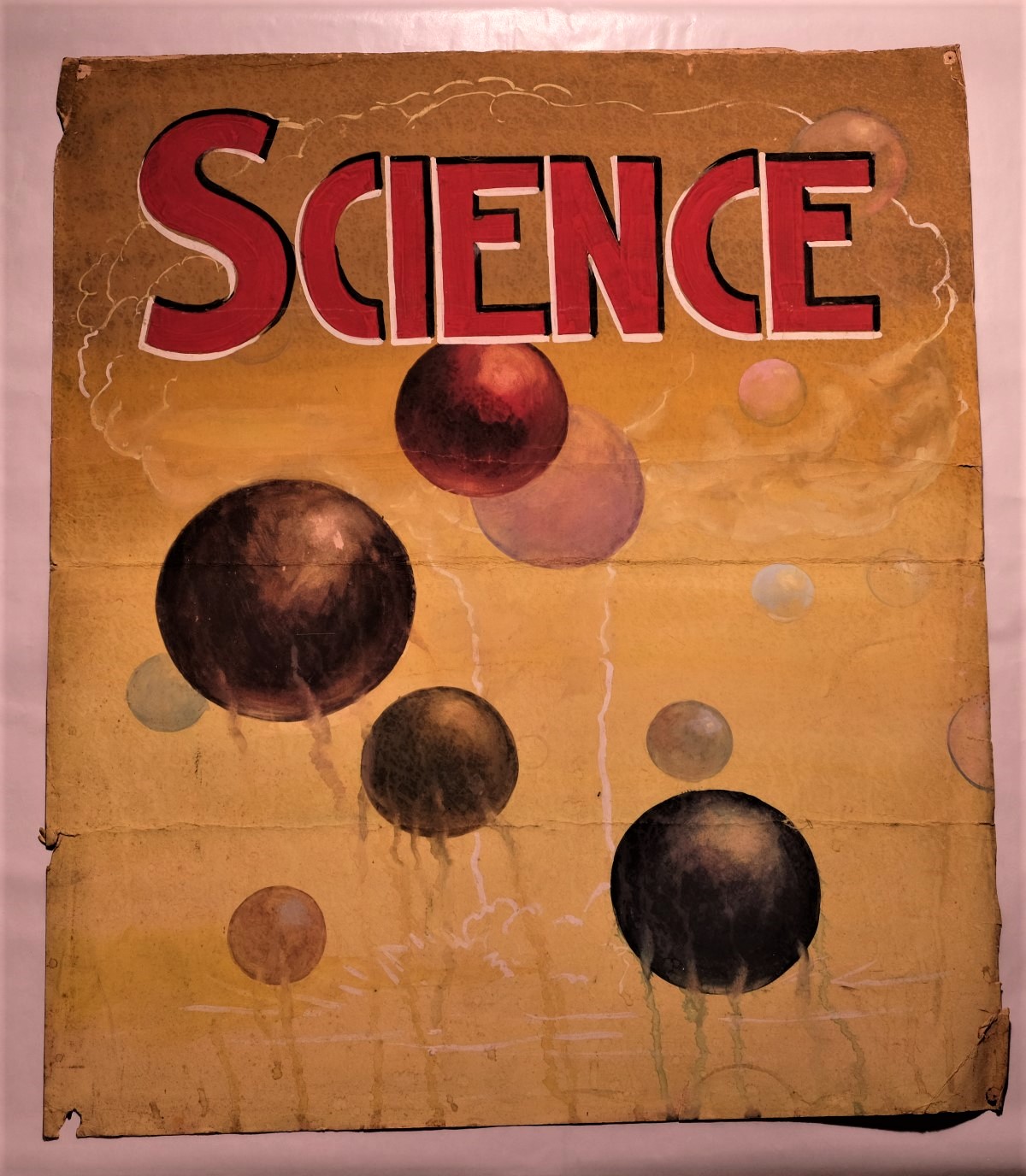
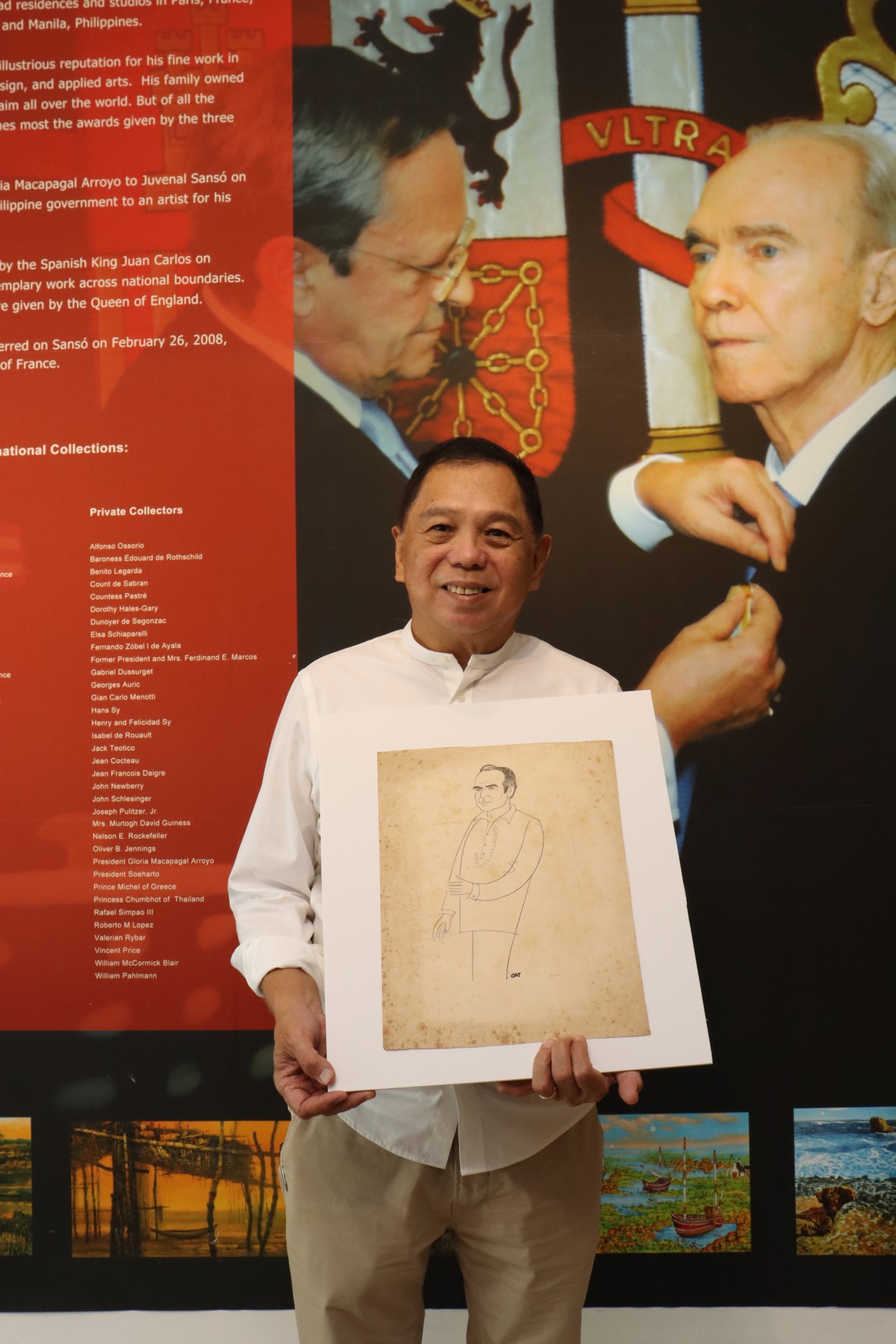
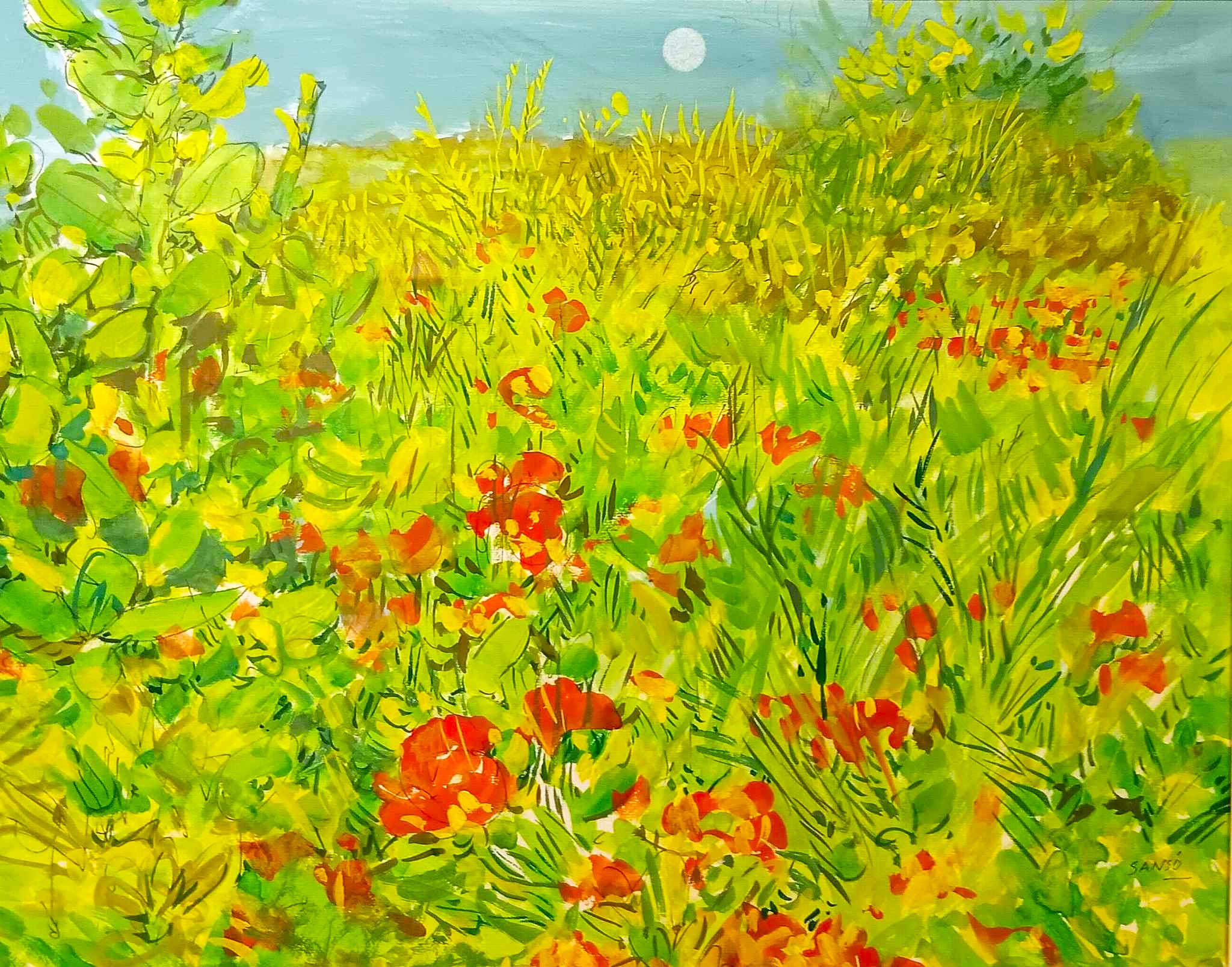
The exhibition was unique in the sense that it highlighted the different approaches of Sansó in his art; ranging from his studio skills as a young fine arts student at the University of the Philippines and his works in the Applied Arts such as textile and product design, to his various artistic pursuits.
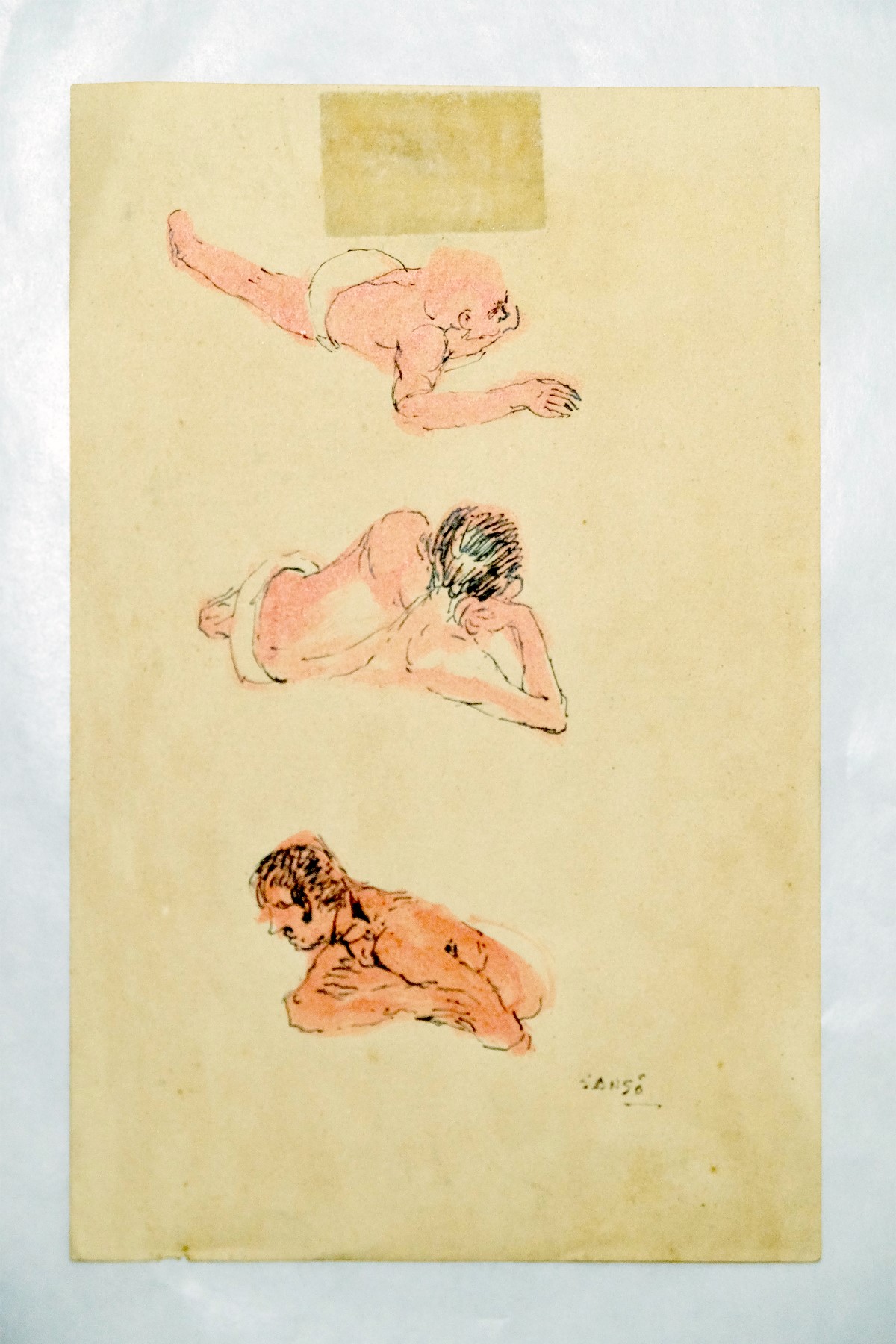
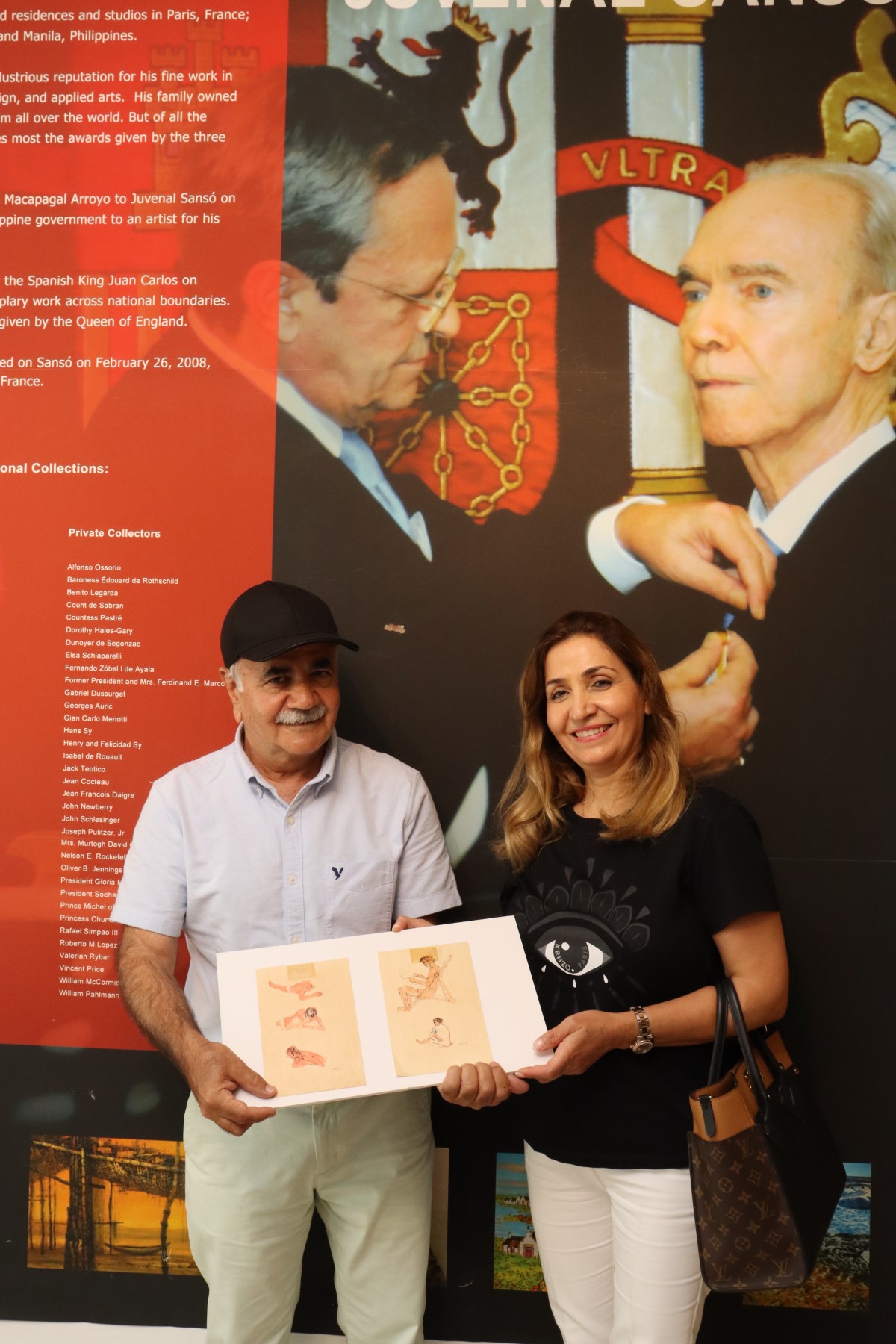
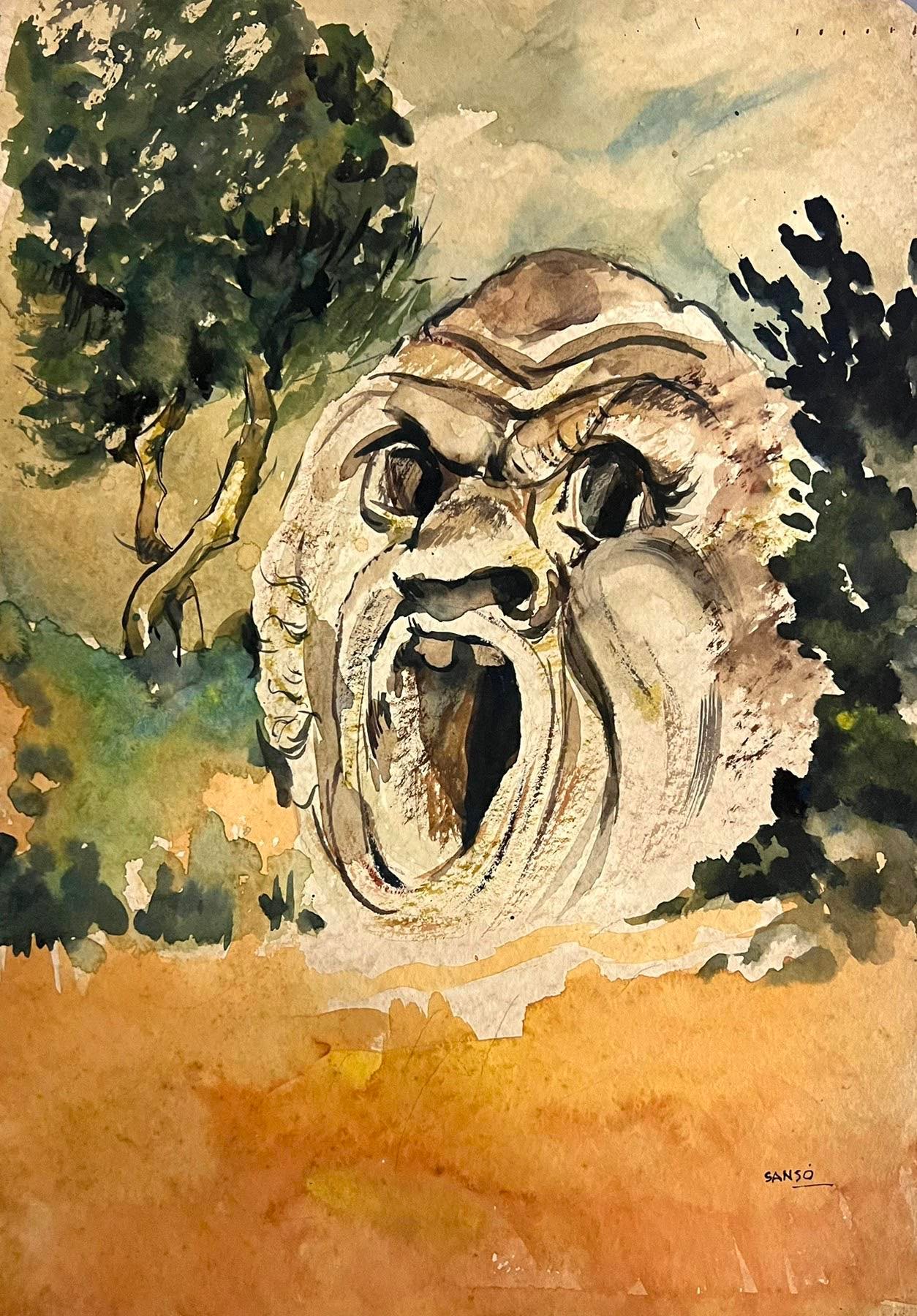
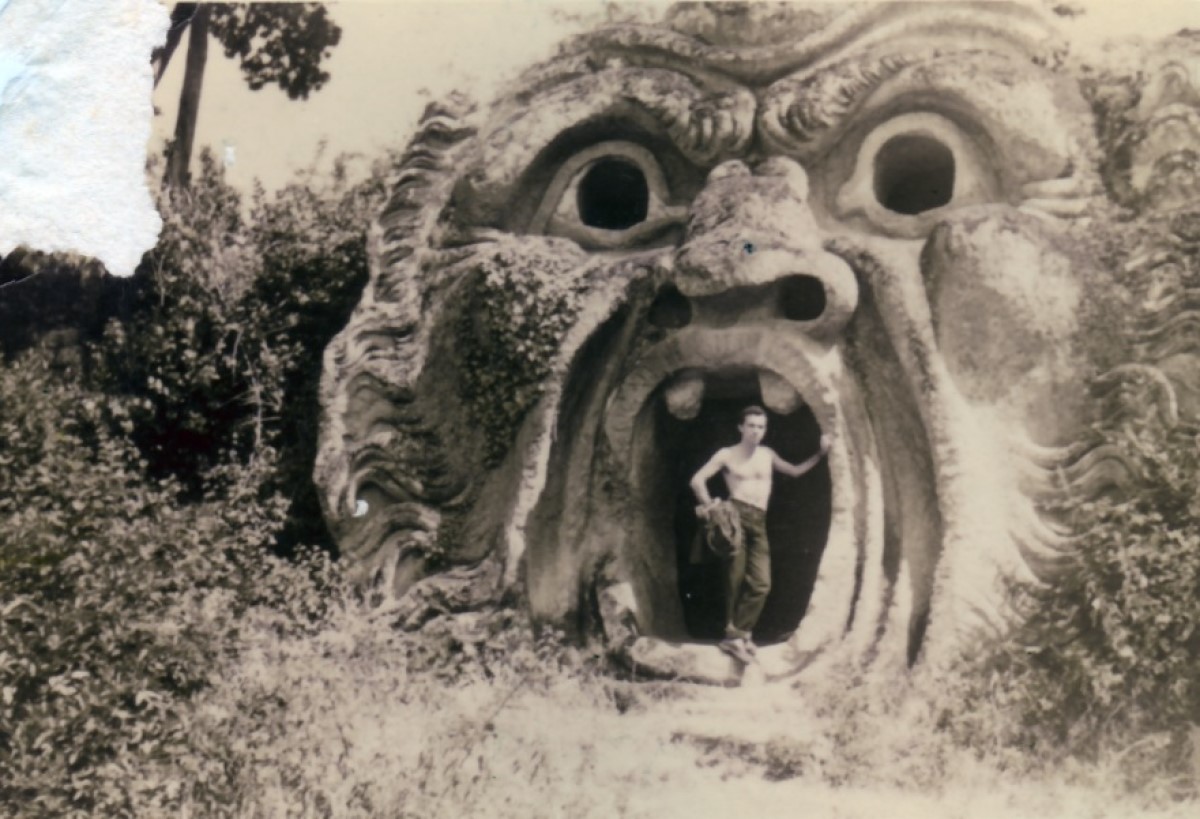
Supporting Art in Every Way
To show its appreciation to supporters, donors, collectors, and members of the press, Fundacion Sansó hosted a Thanksgiving Dinner that celebrated the impact of their efforts on the beneficiaries of its successful advocacy programs and collaborations.
More than being a museum and authenticator of Sansó’s works (one of the few institutions in the Philippines that offers such services), Fundacion Sansó also gives back to the art community in more ways than one. It’s an ethos that calls back to that of its artist: Sansó was once a fine arts student in UP Diliman who went out of his way to secretly donate funds out of his own pocket for aspiring artists in his alma mater.
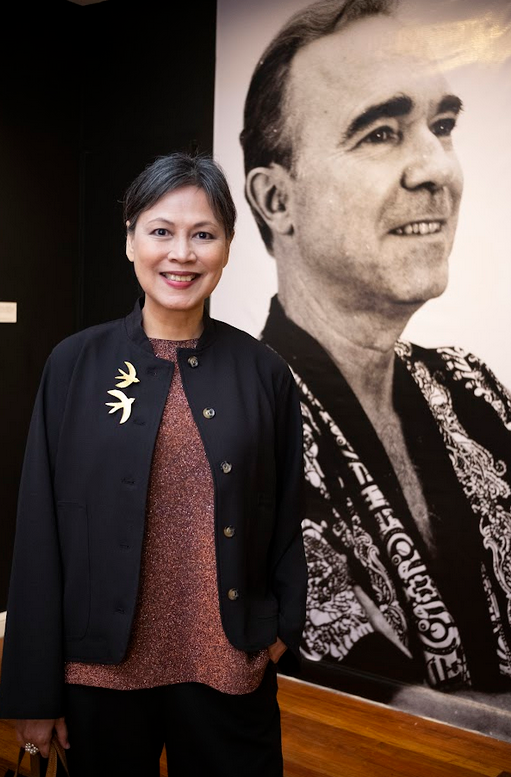
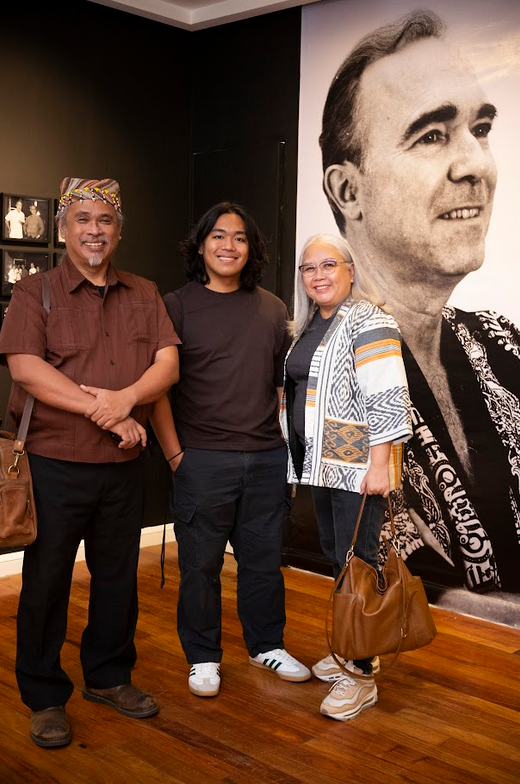
“Because Mr. Sansó was very entrepreneurial, he was able to help other people. In the same way, we were also able to carry that out in our programs,” explained Fransisco in an interview with Lifestyle Asia.
The museum’s gift shop, for example, is filled with well-crafted and charming merchandise featuring the artist’s works. A large cut of the proceeds for every purchase go to the museum’s partner schools and advocacies, such as the Sansó Stipend Fund for Fine Arts students of the Bulacan State University, the Institute of Architecture and Fine Arts of the Far Eastern University, and the Leo Abaya Thesis Grant for the UP College of Fine Arts.
Two of the most recent projects in 2024 were the donation of proceeds from the sale of the Sansó x Rega Turntable to the UP College of Fine Arts, and the turnover of donations from the sale of the limited edition “Sarimanok 2014” giclee by Abdulmari Imao to Angat Sining, the arts and culture pillar of the Angat Buhay Foundation.
Changing Lives
Fundacion Sansó has helped a myriad of young artists get closer to achieving their dreams through education.
An example of this is Glecy Alberto, one of the scholars from the Bulacan State University who benefited from the Sansó Stipend Fund. The child of a jeepney driver and laundress was able to use the stipend to support her family and continue her education. As a way of thanking the artist and foundation, Alberto created and donated a portrait of Juvenal Sansó, whose legacy provided her with the resources necessary to carve out her own artistic path.
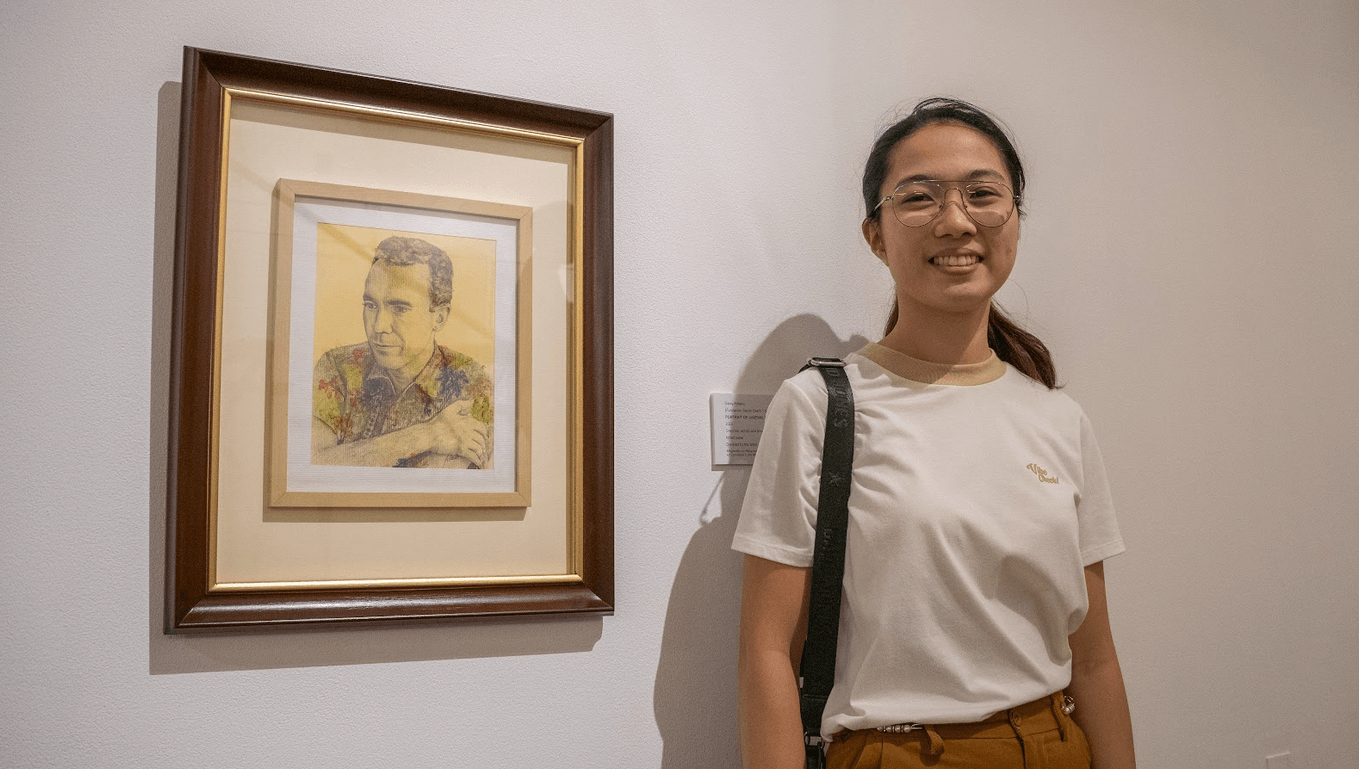
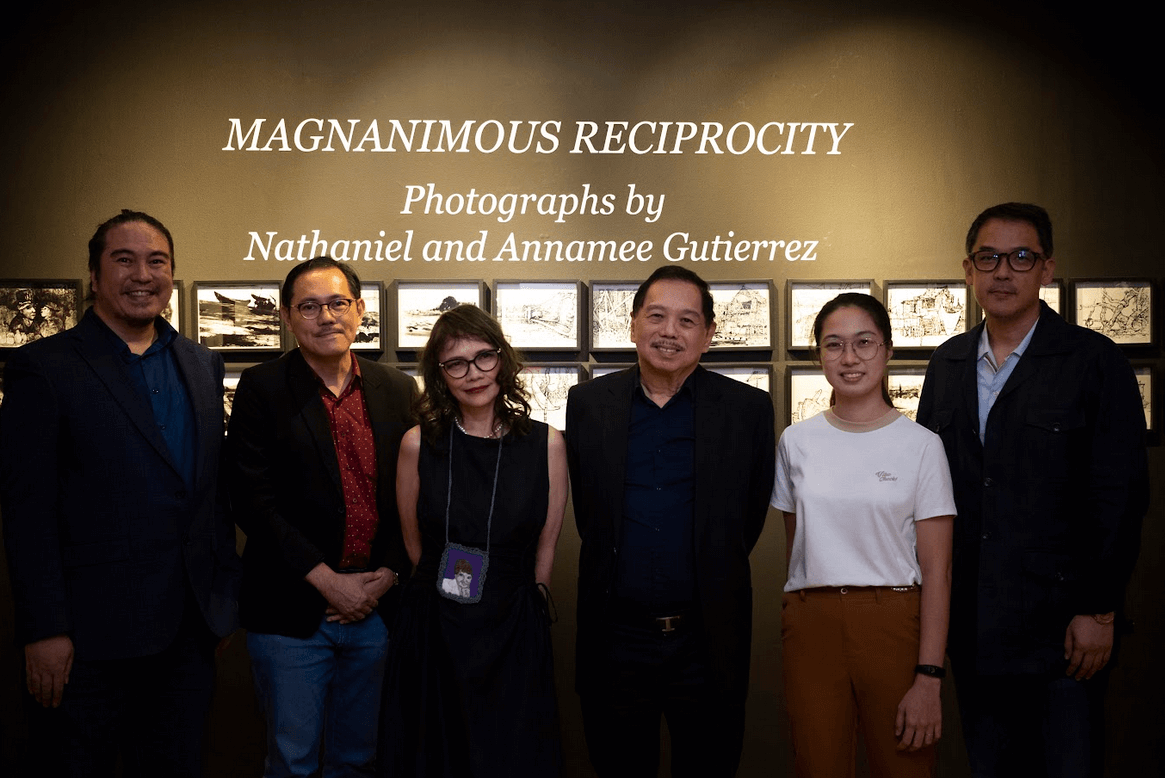
“I was telling the staff that what we do here seems esoteric at times, sometimes a little farther from reality for most people, but what we do actually impacts lives,” explained Fransisco in his interview. “And even though it’s a small life, it’s still a life; that’s very important.”
The pandemic was a sudden obstacle in the lives of many, though despite its challenges, the museum was able to adapt—opening an Instagram store and selling merchandise, gathering enough funds to continue supporting both its artists and staff.
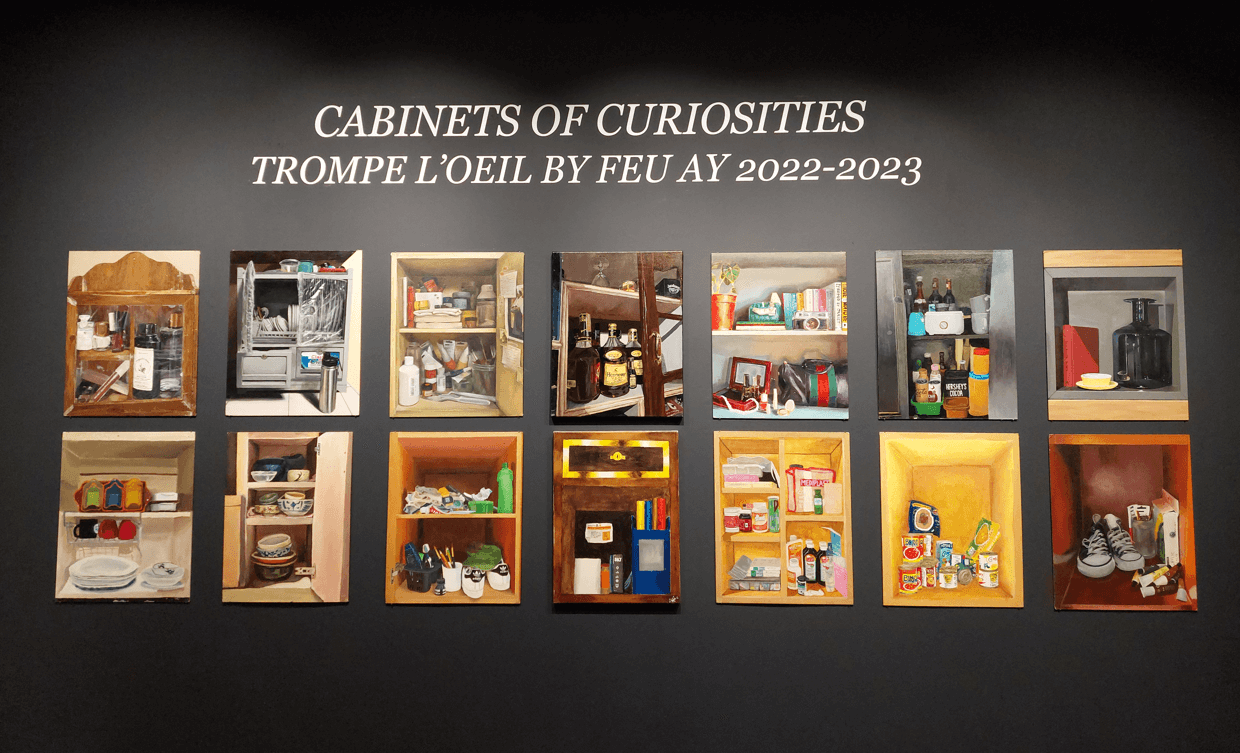
“We never stopped giving our scholars what we promised them and we never had a late salary for any of the staff,” Fransisco shared. Another project included a fundraiser of artworks from FEU’s fine art students, who created stunning portrait snapshots of their cabinet spaces at home, which are currently on display at the museum as well.
Preserving Legacies
Aside from fundraising projects for young artists, Fundacion Sansó also launched its ICArE (Initiative of the Continuation of the Artist’s Estate) program to help preserve the legacies of various National Artists.
Due to a lack of resources, many families of these artists don’t have the means to preserve, promote, and authenticate their works—something that the museum wanted to rectify by creating the program. They provide training, material resources, and contacts that would help the descendants of these artists preserve their legacies. These include helping them document, archive, and authenticate pieces, as well as build museums of their own and even develop merchandise to sustain the estate.
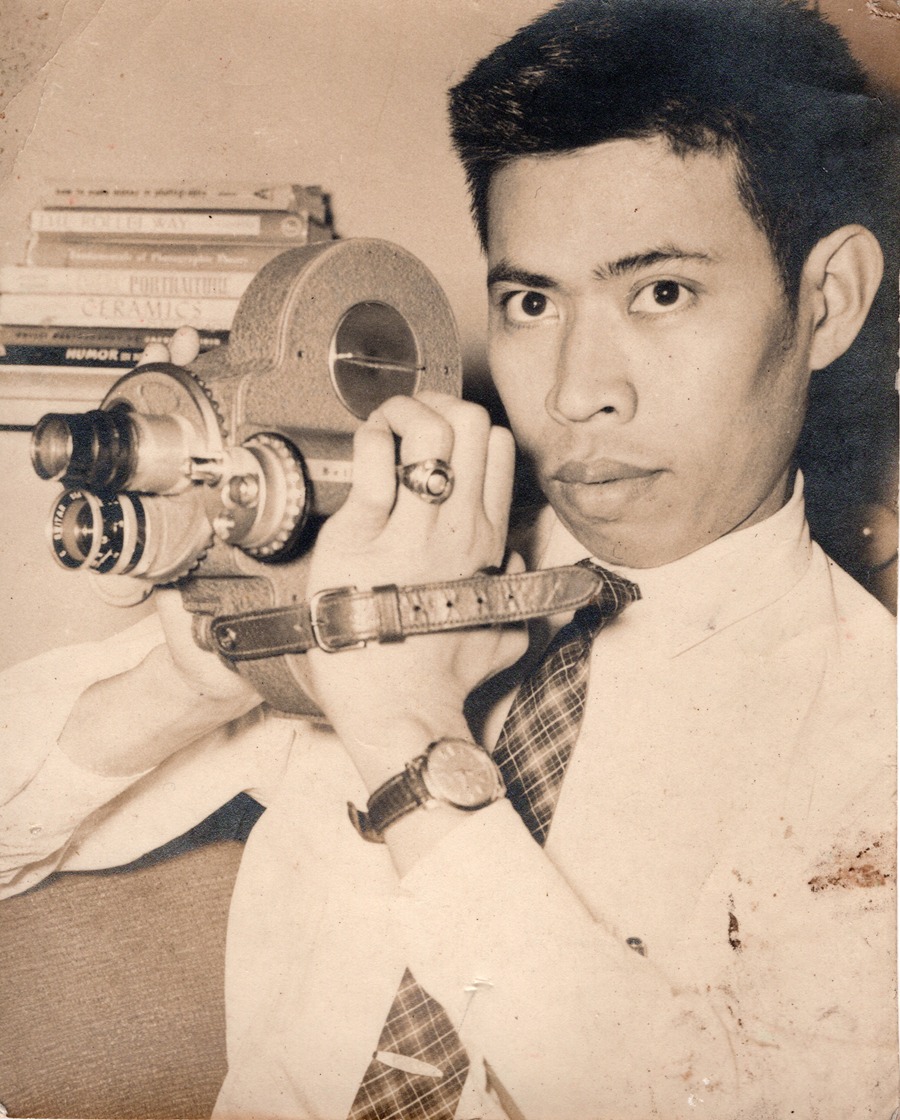
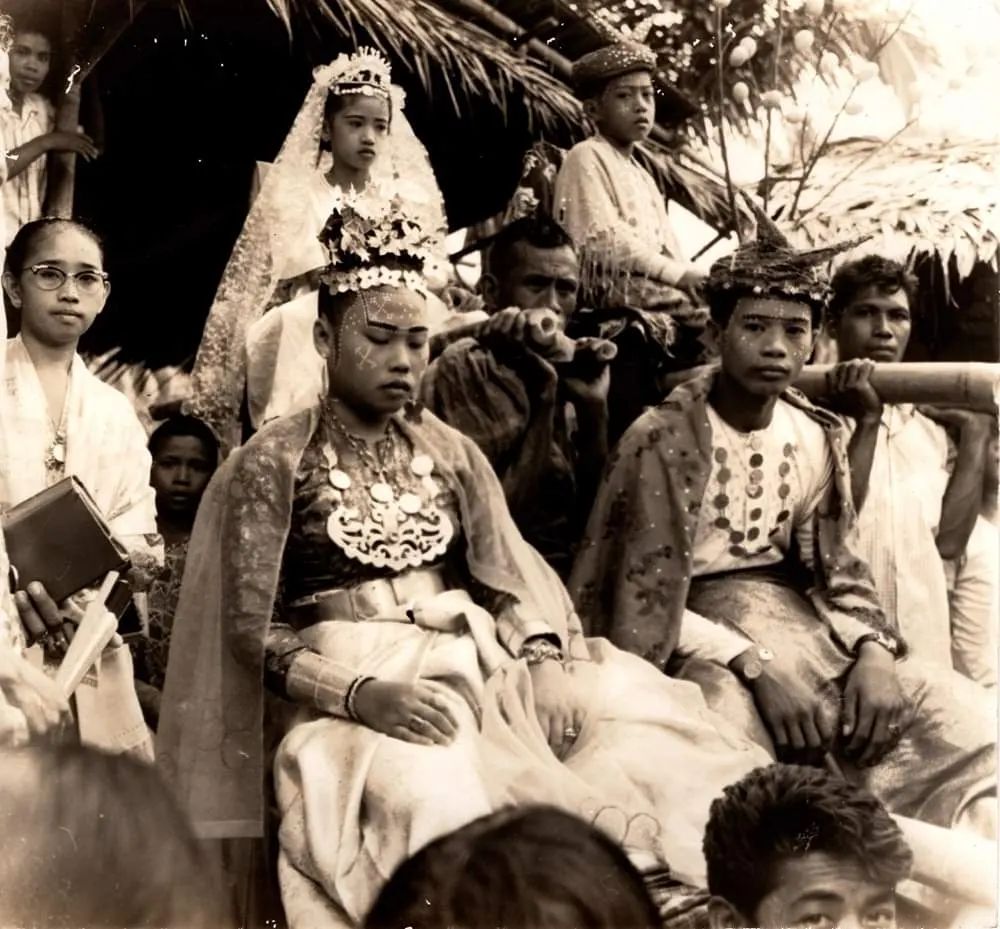
A national artist who’s part of this program is Abdulmari Imao, whose descendants—including his son, educator and sculptor Toym Leon Imao—have benefited from their partnership with the museum. Their graduation exhibit Abdulmari Imao: Alagad ng Sining, Tau Sūg is also currently on display at Fundacion Sansó, which features stunning old photographs of Tawi-Tawi and Sulu.
“Part of ICArE is to bring them [artists’ families] into the fold, introducing them to all the players so that they have a little more power in dealing with these institutions and asserting the rights of the artists so that the legacy is preserved,” Fransisco added.
Art for Future Generations
The preservation work that museums do isn’t just for scholarly study—the public should also gain access to these cultural works for their enjoyment and enrichment. This is what Fransisco hopes everyone can experience when they visit Fundacion Sansó, whether they’re casual art appreciators or artists themselves.
“We want our audience to get a glimpse of Mr.Sansó as an artist and as a person,” the museum’s director explained. “We want them to see that the journey for him was not easy; it was hard, but they all have a chance to become as great as him, to have people appreciate them, as long as they have the gumption.”
Everything from making a visit to the museum to just spreading the word can help the museum—and country as a whole—cultivate more great artists and a richer art scene. In the words of Fransisco: “The kindness doesn’t end; it revolves through time and it benefits even more people.”
Fundacion Sansó is located at 32 V. Cruz, Brgy. Sta.Lucia, San Juan, Philippines, and is open from Monday to Saturday from 10:00AM to 3:00PM (closed on Sundays and holidays). For more updates and information, visit the museum’s official website, Instagram, and Facebook.
Photos courtesy of Fundacion Sansó.





